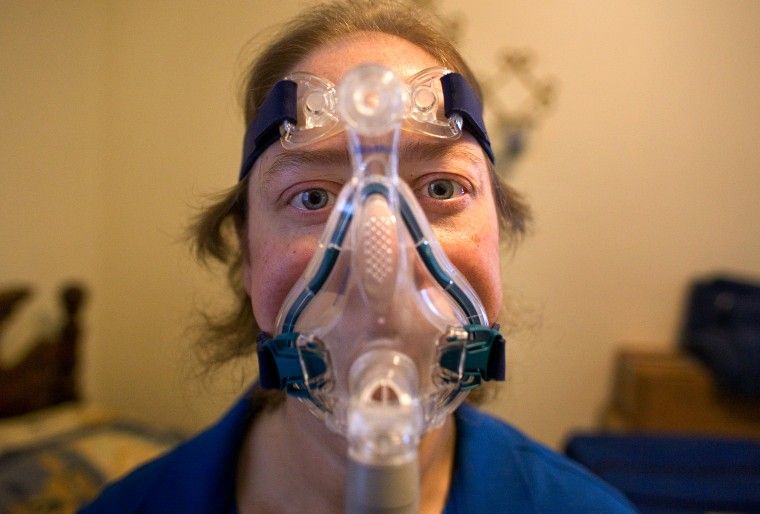
EAA (link) and AOPA (PDF) each wrote strongly worded letters to FAA Administrator Michael Huerta “demanding” that a new policy regarding sleep apnea in pilots and controllers be suspended (and ultimately killed) because it addresses a problem that hasn’t been proven to exist, exceeds the Federal Flight Surgeon’s mandate and could cost the pilot community as much as $374 million in compliance costs. The two groups also noted that the policy was announced without notice or comment period. As we reported exclusively on Monday, the new policy was announced in Flight Surgeon Dr. Fred Tilton’s monthly newsletter to Aviation Medical Examiners (PDF). Under it, any pilot or controller with a body mass index of 40 or higher will automatically be referred to the sleep specialist. A BMI of 30 and higher is considered obese. After all those pilots have been screened, the BMI number will be progressively ratcheted back until Tilton is satisfied that every pilot suffering from the disorder is being treated. Treatment usually involves the use of a continuous positive airway pressure (CPAP) device worn at night. Medically approved CPAP machines cost as much as $5,000 and can cause a variety of uncomfortable side effects.
In its missive, AOPA says the FAA’s own data estimates about 20 percent of pilots (127,000) are considered obese and obesity is common marker of sleep apnea.A night in a sleep clinic, necessary to determine a diagnosis of sleep apnea, costs anywhere from $800 to $3,500.However EAA says there’s little evidence that sleep apnea is a primary or even contributory cause of pilots falling asleep in the cockpit, much less causing accidents. It’s especially angry that the rule includes recreational pilots. Sleep apnea testing is being mandated in the trucking and marine industries but EAA says “no one would dare require that all overweight drivers of personal motor vehicles or waterundergo thousands of dollars worth of testing and evaluation, even though the risk ofa sleepy driver injuring or killing innocent bystanders vastly exceeds the risk for asleepy recreational pilot. Why are recreational airmen being singled out?” The policy seems to come from NTSB recommendations made regarding an incident in which both pilots of an Go! Airlines flight fell asleep and overflew their destination. The captain was later diagnosed with sleep apnea.
This story was corrected to remove the reference to neck circumference as a trigger for referral to a sleep specialist based on a reader observation and confirmation from the FAA.


































